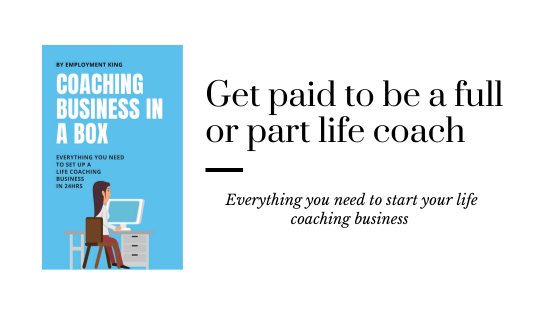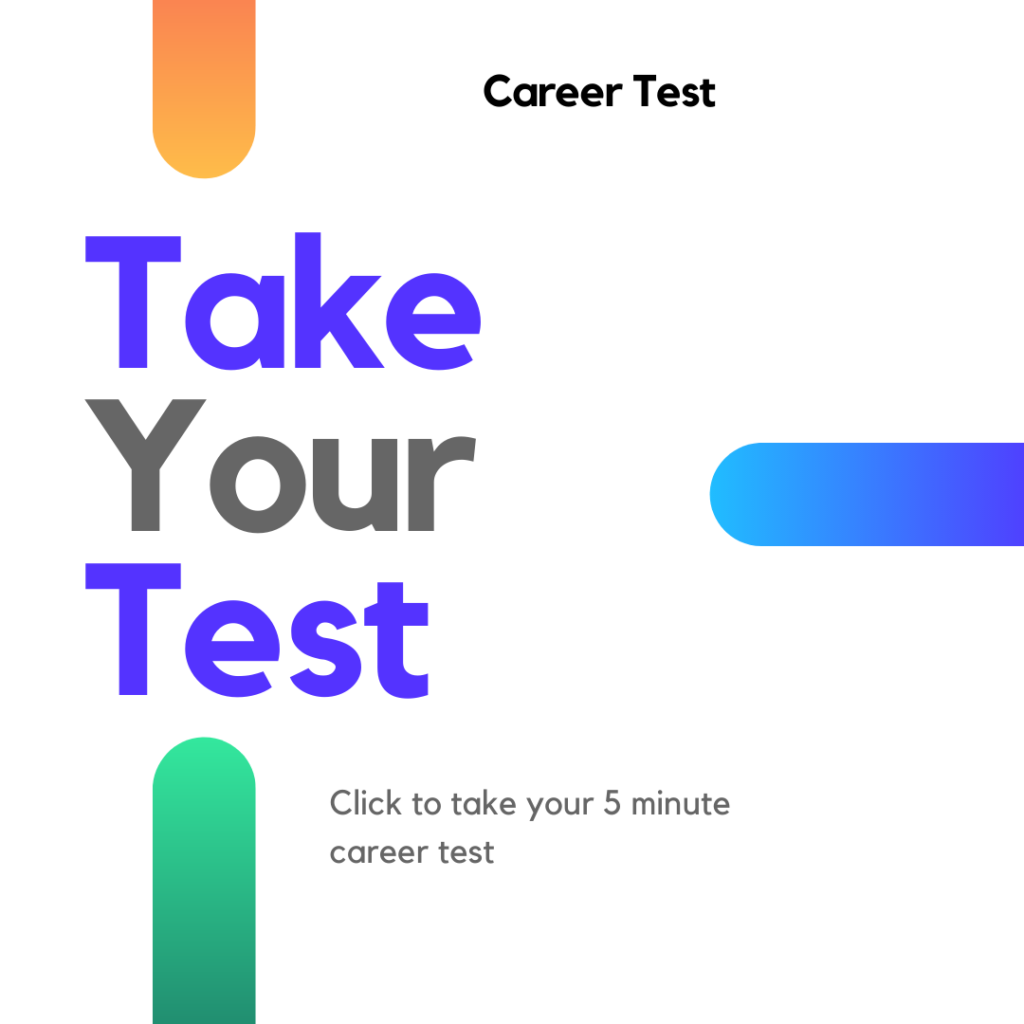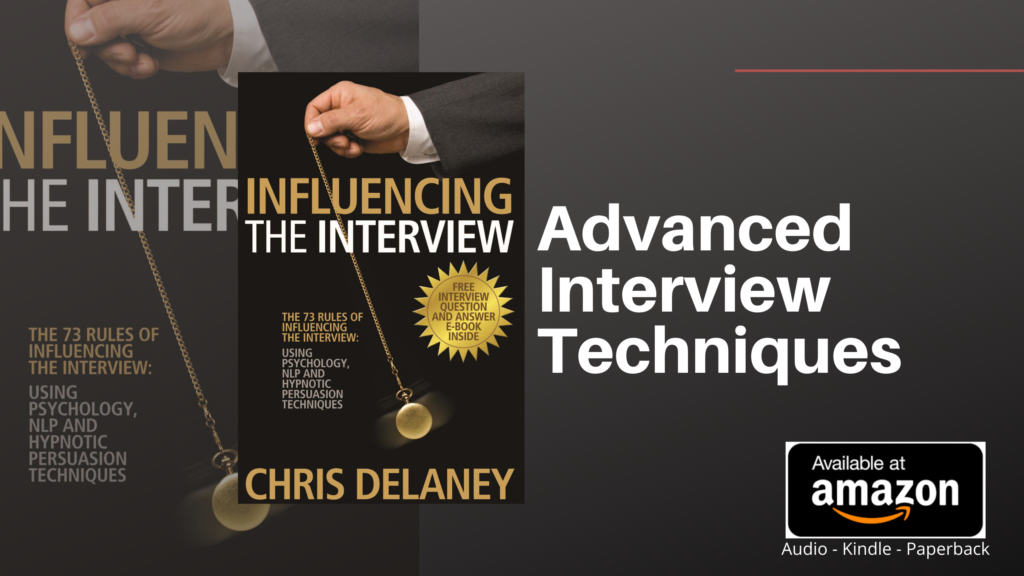One of the most common job interview questions, that comes in many guises, is the ‘give me an example of……? question.
‘Example’ questions are asked in behavioural job interviews. Behavioural job interviews fall under the ‘structured’ job interview family. During a structured job interview, each interviewee is asked the same set of questions (for behavioural job interviews, many questions will be ‘give an example of…’).
The applicants answers are captured, ideally verbatim, by a panel of job interviewers, who, whenever possible, will be the same personnel interviewing each candidate for the same position, as this is a fairer process.
Each recorded answer, for each of the interviewees, is then allocated a score from a scale that was predetermined prior to the interview start.
Scores are allocated to each interview answer based on the number of job criteria, which is an indication of the applicant’s level of sector knowledge and experience, referenced during the interview answer.
The more detailed the answer is, for each criterion, the higher the score is likely to be.
If, for example, the interview question is about risk assessments, a candidate may answer by giving an explanation of what a risk assessment is.
A second interviewee may state proven models for carrying out risk assessments. And a third applicant could highlight their knowledge of risk assessments by giving an example of previously using risk assessments in a past job role.
Each of the answers show competencies for the required criteria, but each answer may be scored differently, as the interviewers perception of each applicants level of knowledge will vary depending on the answer format the candidates have chosen.
Employers who preference behavioural job interviews believe that past behaviours are the best indication of how an interviewee would perform if offered the advertised role.
With this in mind, the applicant giving an example of using a risk assessment in a past role is more likely to be hired then the other candidates.
Behavioural Job Interview Questions.
All behavioral job interview questions, even though each question is framed slightly differently, are asking for ‘examples’ of the required skill set needed for the position being advertised.
Example behavioral interview questions include:
- Give me an example of planning a project from the initial project brief through to the project closure?
- Have you ever had to remain calm during a crisis?
- What experience do you have working in stressful environments?
- Tell me about a task you wished you had approached in a different way?
- How have you previously handled conflict between two colleagues?
- Describe a time when you had work with a senior manager that you didn’t get on with?
- When you are working on multiple projects how do you prioritise your workload?
- How have you dealt with past failures?
- Which previous job was the hardest and why?
- Give me an example of when you have increase income for the business?
Behavioural job interview questions are easy to spot as they generally start with:
- Tell me a time when…
- Give me an example of…
- How have you…
- Describe a time when you…
Even though each question is worded differently, the behavioral interview question is designed to encourage an interviewee to highlight their competencies through a past experience and each answer requires a real-life ‘example’.
Beware, as some employers embed the ‘example’ question within a longer worded interview question: ‘Everyone has learnt from a mistake, what mistakes have you made that has helped to improve your skill set?’
In the main, the phrasing of the interview questions naturally encourages an ‘example’ answer.
Using example answers in a job interview.
Generally speaking, real life examples is one of strongest interview answers an applicant can give to help highlight their industry knowledge and skill set.
Example answers often take the format of a story . Storytelling creates an emotional response in the job interviewer, often helping to increase rapport. In addition, a story or example, rather then just stating facts, models and theories, makes the interview answer seem more relevant to the position being applied for.
This is because a story sharing an example of using an industry skill makes it easier for the employer to associate the example with the job role that they are recruiting for.
Even with story interview answers being naturally powerful, many candidates adopting this approach fail to score high during the job interview.
The problem here is, not everyone is a great or even a good storyteller.
Stories, as do job interview example answers, require scene setting, intrigue and a conclusion.
From an employers perspective, they ideally want everyone to give a detailed answer highlighting their level of industry competencies, this way the interviewer is better equipped to predict the applicants future job performance more accurately.
If 5 job interview answers highlight how one applicant has a creative approach to problem-solving, whereas another interviewer shows a more logical approach for overcoming problems, the interviewer, knowing this, will choose which candidate will fit in with the culture of the company.
In truth, many career professionals who are skilled in their desired job role fail to highlight this unique skill set as they lack the ability to tell stories through the expression of their examples.
Most, failed, applicants when giving an example will quickly state the situation, summarise the actions they took and finally mumble the results they received from the actions they took.
It is this lack of detail that is the undoing for highly skilled and experienced industry professionals, who fail to be successful on a regular basis during job interviews.
3 different approaches for answering questions with examples.
I will share 3 ways to answer the ‘example’ job interview question. In behavioral job interviews it is advised to use a mixture of the three approaches as this ensures that each answer structure is different, which helps to keep an employers interest.
Each approach will answer the same question to help highlight the variations of each interview formulation: ‘give me an example of being successful?’
Start with a question.
Asking the employer a question at the start of the interview answer creates a pattern-interrupt.
A pattern-interrupt is a process where the mind expecting a certain response to an action, becomes, initially, confused when the response is not as expected.
A non-interview example of this would be an adult putting their hand out to shake another adult’s hand, but instead of accepting the handshake, the other adult presents the first adult with a welcome dance. This interruption of what is the norm creates shock.
In the job interview, asking the interviewer a question when the interviewer presumed the applicant would simply answer the question creates intrigue, especially when the question is designed as a ‘hook‘.
An example could be: ‘would you be interested in knowing how a computerised system saved over 35% of the overhead cost of one of your competitors, through the use of a simple algorithm that I created?’
Any bold statement that references increasing profits or saving overhead cost (this can be framed as increasing production, reducing staff turnover or building a customer base) helps to create interest.
After the opening question, that has resulted in the employer wanting to hear the story, the applicant can simply start the example from the beginning.

How to structure the example answer.
When using examples it is important to set out the problem or barrier the organisation was facing and how, if a solution wasn’t found, this barrier was going to have a negative impact on the business.
As an example, stating that ‘the increase in online shopping on competitors websites was going to result in the loss of a large workforce that would cost a predicted £x in redundancy fees, which would put this business model back by 5 years’ sounds more disastrous than simply saying ‘more of our customers were shopping on competitors websites.’
The lesson here is to give the negative outcome to any potential problem, not just the problem itself.
Once the situation has been explained fully, which also adds to the intrigue, the next step is to state any actions that needed to be carried out for you to be ‘successful’- these actions must highlight your thought process, any unique skills you possess and the solution.
‘I knew we had a short period of time to create more income. As an experienced manager, with 20 years of industry experience, I knew that simply improving the website wouldn’t be enough. What was needed was an activity that would put our brand on everyone’s lips – we needed to create something that would go viral, increasing hits to our webpage.’
‘My process was A, B and C..(add the steps you took to create a success)
- Don’t focus on the idea process, the ideas you thought about and disregarded. Instead, discuss the idea that you took forward to create a success
- Reference only 3 main tasks, steps or actions you undertook, as a longer answer can become boring breaking interviewer rapport
- When discussing each task, step or action summaries what it was you did, as you don’t want to confuse the employer with too much information
Once the detailed description of the steps you took has been discussed, the interveiw answers need to end with a positive outcome.
‘The result from these actions was (add positive outcome)
Start at the end
The second approach to answer the ‘example interview question is to start the answer by stating the outcome:
‘My greatest success was when I single handedly gained the largest sales contract.’
This power statement, again, creates interest. How? the employer is thinking.
An intrigued interviewer will listen more intently to the interview answer. The more intently the employer listens the more details they will record on the interview scorecard, increasing, if the criteria have been mentioned, the interview scores.
The second part of the interview answer, giving an example, follows the process mentioned in the above example.
Using industry models and theories.
The final way to answer the example question is by stating a sector-related model or theory at the interview start.
By stating the steps required within a model or theory, the applicant, is likely to meet many of the job criteria on the interview scorecard.
‘My success comes down to my ability to be well organised. When faced with competing deadlines, new project starts and month end reports, it is easy to become overwhelmed and stressed. To combat this I used the ‘time management matrix’ model. The model…(explain whichever model or theory you are discussing)’
This section should be kept relatively brief, highlighting the key elements of the theory or model being explained.
Next, give the example which reaffirms that you have met the job criteria for the high scoring interview answer.
‘3 months ago I had two competing demands from two high profile customers. To decide the urgency and importance of each demand I compared the pros and cons of working on each customer’s demands first. This allowed me to collect the data required to use the time management matrix model, allowing me to choose logically what actions to complete first…’
To end the ‘model’ example interview format summaries the power of using well-established models.
‘Using the model in my day-to-day tasks ensures that I am able to confidently meet any new challenges head-on without having doubt in my own abilities or without becoming stress, as others do when unforeseen situations present themselves. ‘








